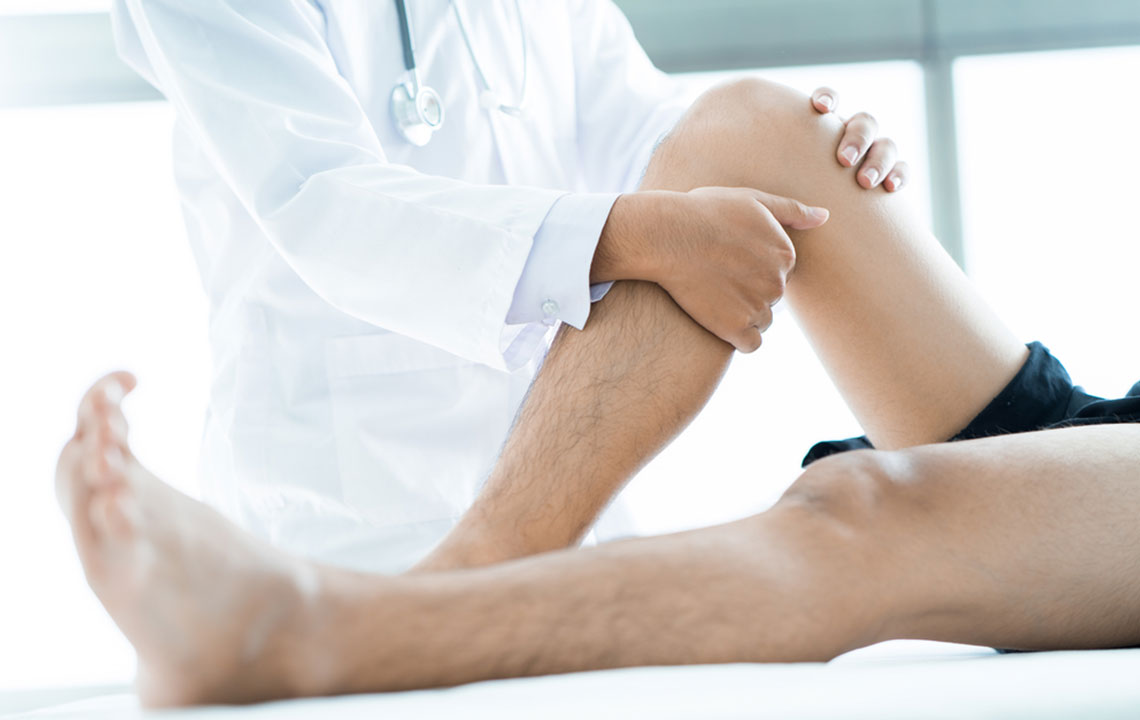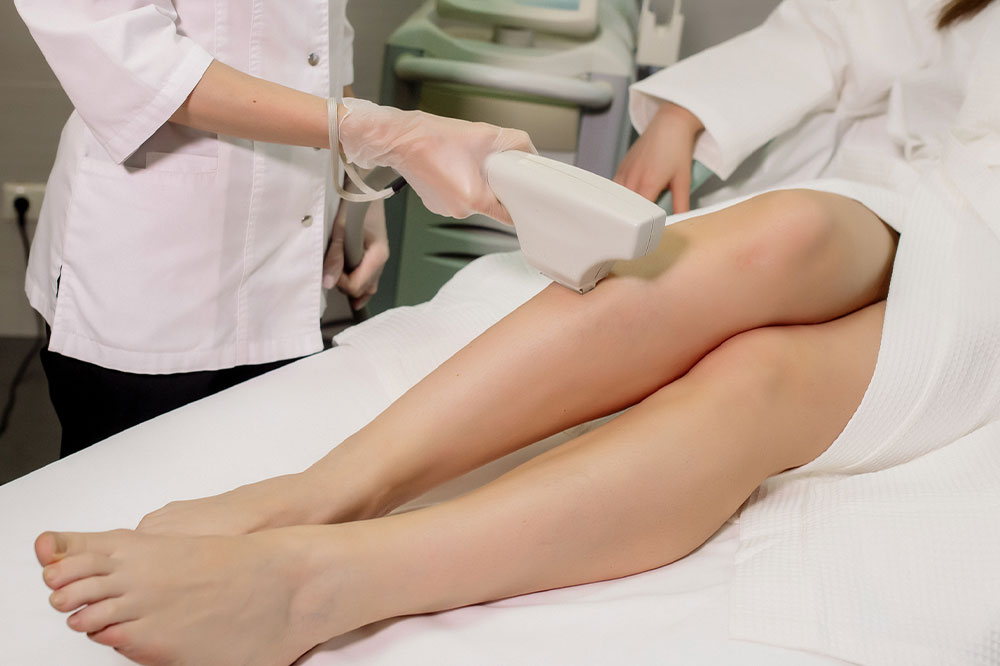Effective Approaches to Managing Leg Cellulitis and Ensuring Quick Recovery
Learn comprehensive strategies for managing leg cellulitis effectively. Early diagnosis, appropriate antibiotics, proper skin care, and supportive measures are crucial for a swift recovery. This detailed guide covers treatment options, prevention tips, and when to seek urgent medical help, ensuring you understand how to handle this common bacterial skin infection effectively and reduce risks of complications.

Effective Approaches to Managing Leg Cellulitis and Ensuring Quick Recovery
Leg cellulitis is a common bacterial skin infection that can cause significant discomfort if not treated promptly. It manifests with redness, swelling, warmth, pain, and sometimes fever. The condition occurs when bacteria such as Staphylococcus or Streptococcus breach the skin’s surface through cuts, cracks, or other minor injuries, leading to localized infection. While cellulitis frequently appears on the lower legs, it can also impact other areas like the arms, face, or any part of the body where the skin is compromised. Without timely and effective treatment, cellulitis can escalate, spreading through the skin layers or into the bloodstream, which may lead to serious health complications, including bacteremia and sepsis.
Comprehensive Treatment Strategies for Leg Cellulitis
Managing leg cellulitis effectively hinges on early diagnosis, prompt medical intervention, and diligent care practices. When you suspect cellulitis, seeking medical attention swiftly is vital. Healthcare professionals can accurately diagnose the condition through clinical examination and, if necessary, laboratory tests, then prescribe appropriate antibiotics to combat the infection. The most common treatment involves a course of oral antibiotics, usually lasting from 10 to 21 days, depending on the severity of the infection and patient response. Completing the full course of medication is essential to prevent recurrence and resistance.
In addition to medication, supportive care measures can significantly aid recovery. Staying well-hydrated by drinking plenty of water promotes healing and supports your immune system in fighting the bacteria. Elevating the affected leg while resting decreases swelling and promotes better blood circulation, facilitating the removal of inflammatory fluids. Light activity, as tolerated, helps prevent stiffness and maintains joint flexibility. It’s equally important to avoid tight clothing or restrictive footwear around the infected area until complete recovery to avoid aggravating the condition.
Maintaining skin hygiene is critical in preventing the spread of infection and reducing recurrence. Regularly cleaning minor cuts or wounds on the legs with antiseptic solutions and covering them with sterile dressings help prevent bacteria from entering the skin. Change dressings regularly and avoid touching the wounds unnecessarily. If cuts are deep or excessively contaminated, seek medical attention promptly for proper wound management.
Standard Treatments for Leg Cellulitis
The typical treatment protocol involves a 10 to 21-day regimen of antibiotics prescribed by a healthcare provider. The choice of antibiotics may vary based on bacterial type, local resistance patterns, and patient health factors. While symptoms can improve within a few days of starting treatment, completing the entire course is essential, even if symptoms diminish early. Stopping antibiotics prematurely can lead to relapse or development of resistant bacteria. Monitoring symptoms throughout treatment is important. Any worsening signs, such as increased redness, spreading infection, high fever, or lack of improvement within a few days, should be reported immediately to medical professionals.
In complicated or recurrent cases, or for individuals with weakened immune systems, longer or more aggressive treatment approaches may be necessary. Healthcare professionals may recommend additional imaging or laboratory tests if initial treatments fail or if abscess formation is suspected.
In summary, early intervention, proper medication adherence, and good skin care practices are the pillars of effective leg cellulitis management. Typical recovery time ranges from about ten days to a few weeks, with most patients experiencing complete resolution. However, severe or persistent cases require close medical follow-up to prevent complications and ensure full recovery.





